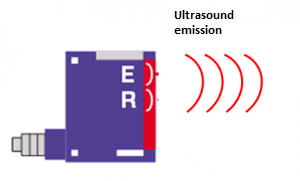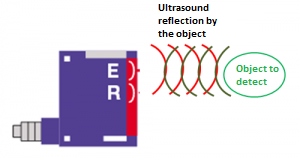How to choose the sensor best suited to your needs?
The objective of sensors is to detect the presence of objects, liquids…
You need to choose among different types of sensors depending on the type of object you seek to detect, the distance, the materials…
Here are a few points that may help you to choose.
1 . Detection distance:
You must determine the distance from which you wish to detect an object. Is it close? Is it behind a container (liquid in a bottle)?
2 . The different types of sensors:
– Inductive sensors:
They detect metal objects (that are magnetic) at a relatively short distance (<20mm)
Inductive sensors
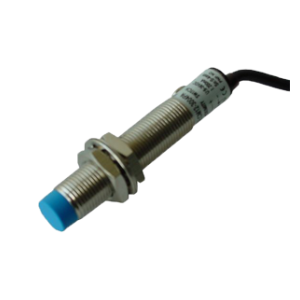
– Capacitive sensors:
They detect any object at a short distance. The sensor functions with an electrostatic field produced by the sensor, which changes when the object is detected. The dielectric constant is different depending on the material of the object. The sensor sensitivity can be changed to this dielectric constant via a potentiometer adjustment. We use it to validate a filling level for example.
Capacitive sensors
– Ultrasonic sensors:
They detect a distance by converting the distance into signals of 4-20mA or 0-10V. The sensor diffuses ultrasound. The presence of the object to be detected causes a change in wave reflection, as in the detection of the object and its distance. We use it to determine the distance of a water level in a tun for example.
Ultrasonic sensors
3 . Information transmitted by a sensor
– On-off control sensors:
Some sensors send back a contact No or NC or both, which means that when an object is detected, the contact is open or closed. It is then necessary to relay this type of contact to not pass too much current in the sensor.
– Sensors with analogue output:
These sensors have an analogue output in 0-10V or in 4-20mA. This output is generally used for PLCs or for displays that convert information into distance for example.
4 . Different types of connections:
– Sensors with a PNP connection switched positive
– Sensors with a NPN connection switched negative

– Sensors with 2 wires. No concern about the potential position

– Sensors with relay output: a contact No or NC or both, that is to say, when a object is detected, the contact is open or closed.
5 . Specificities of inductive sensors:
Inductive sensors can be embedded or not depending on the object to detect.

6 . Different ways to detect photoelectric sensors:
– Diffuse:
The sensor diffuses a light beam and the detected object sends the light back, which is received by the sensor. This method functions for opaque objects.


– Reflecting:
enables to detect an object that cut a light beam.
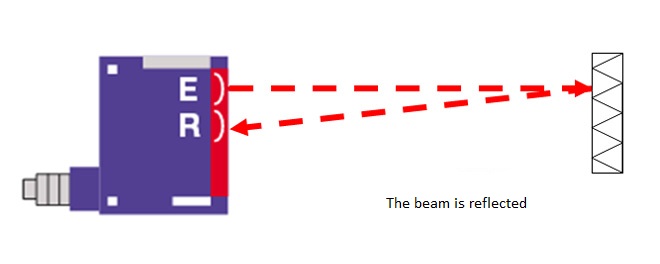

– Polarised retro:
The sensor diffuses a light beam and the detected object sends the light back, which is received by the sensor. This method functions for objects that reflect the light or that are transparent (glass, plastic…). The sensor detects the light polarization.

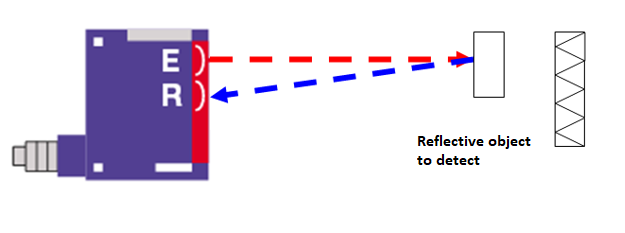
– Through-beam:
The sensor deconstructs into 2 sensors. One that emits (emitter) the beam and one that receives the beam (receiver). When the beam is broken between the 2 sensors, thus there is an object detected.

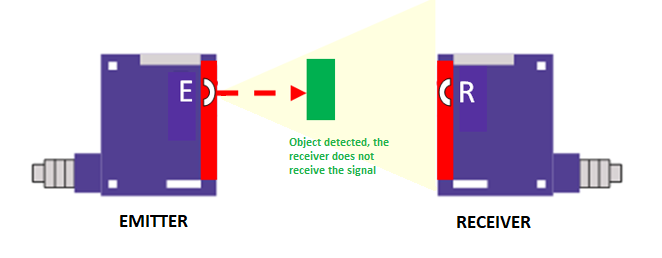
– Optical fibre sensors:
They detect objects that are difficult to access or for detection areas that do not allow a to implement a sensor with its support. The detection information is transmitted thanks to optical fibre.




 Blog
Blog